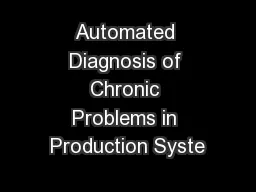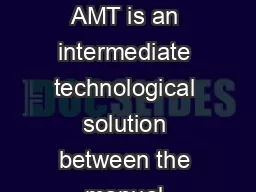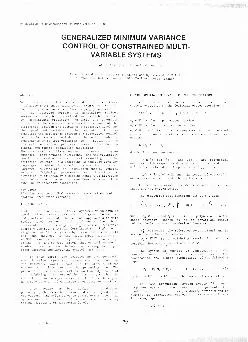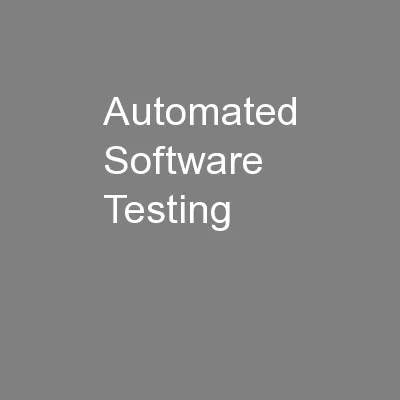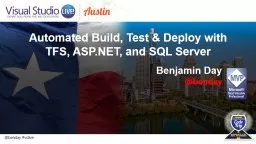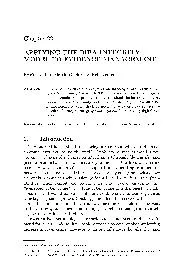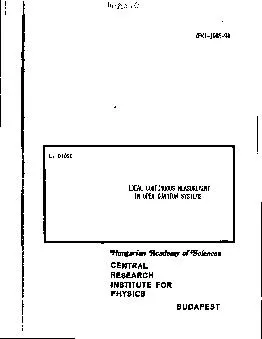PPT-Automated Diagnosis of Chronic Problems in Production Syste
Author : pamella-moone | Published Date : 2016-06-30
Soila Kavulya Thesis Committee Christos F aloutsos CMU Greg Ganger CMU Matti Hiltunen ATampT Priya Narasimhan CMU Advisor Outline Motivation Thesis Statement
Presentation Embed Code
Download Presentation
Download Presentation The PPT/PDF document "Automated Diagnosis of Chronic Problems ..." is the property of its rightful owner. Permission is granted to download and print the materials on this website for personal, non-commercial use only, and to display it on your personal computer provided you do not modify the materials and that you retain all copyright notices contained in the materials. By downloading content from our website, you accept the terms of this agreement.
Automated Diagnosis of Chronic Problems in Production Syste: Transcript
Download Rules Of Document
"Automated Diagnosis of Chronic Problems in Production Syste"The content belongs to its owner. You may download and print it for personal use, without modification, and keep all copyright notices. By downloading, you agree to these terms.
Related Documents

